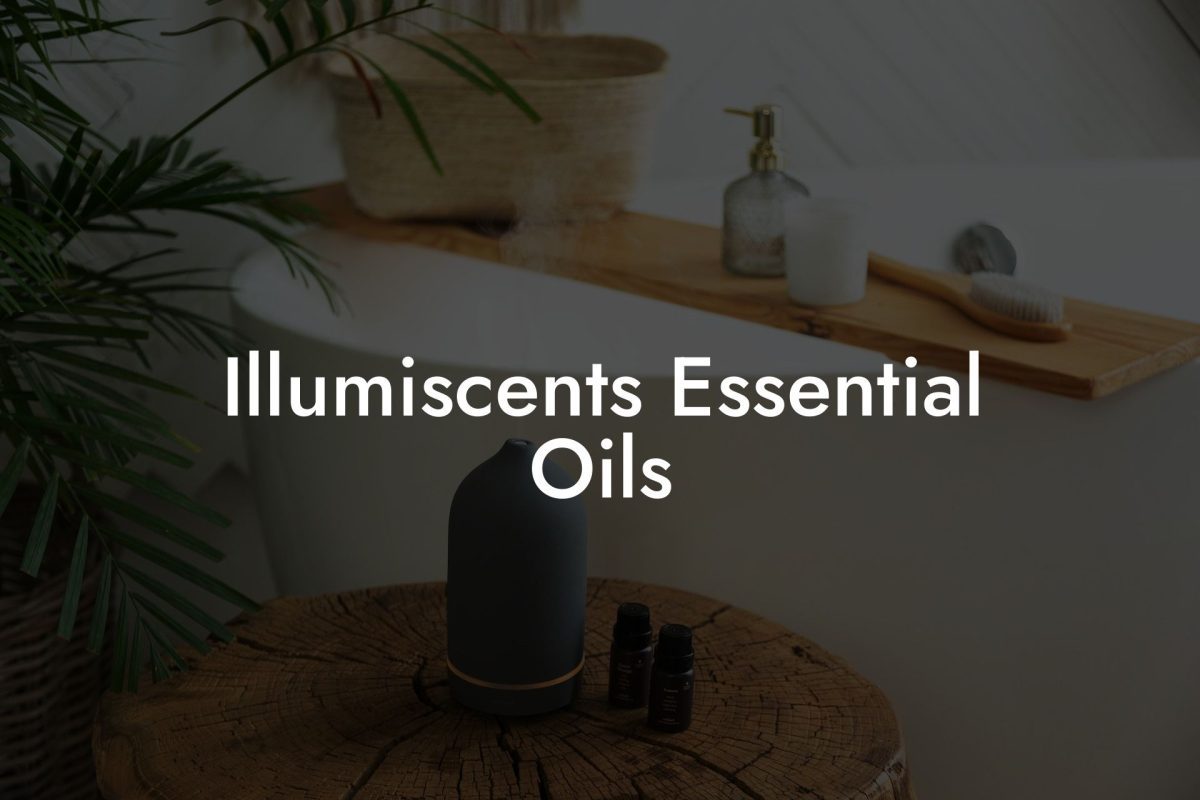Essential oils have become a staple in many households due to their numerous benefits. From supporting relaxation to boosting energy levels, these fragrant oils are known for promoting overall well-being. However, there may be times where a specific essential oil is unavailable, causing you to wonder about potential substitutions. In this comprehensive guide, we will unveil the art of finding essential oil substitutes so that you never have to miss out on the healing powers of aromatherapy.
Table of Contents
Understanding Essential Oils
To find a suitable substitute for an essential oil, it’s crucial to have a solid understanding of each oil’s properties and purpose. Essential oils are derived from plants, possessing unique therapeutic properties that cater to specific needs. For instance, lavender is renowned for its calming effects, while peppermint is notable for its energizing abilities. By identifying the primary purpose or effect of an oil, finding a substitute becomes easier.
Categories of Essential Oils
Essential oils can be broadly categorized into the following groups:
- Relaxing: These oils impart calming, stress-relieving effects. Examples include lavender, ylang-ylang, and chamomile.
- Uplifting: Oils in this category enhance mood and invigorate the senses. E.g., lemon, bergamot, and grapefruit.
- Warming: These oils stimulate blood flow and soothe aches. Examples include ginger, cinnamon, and clove.
- Cooling: Oils with refreshing properties, often used for relief during warm weather or for soothing inflammation. E.g., peppermint, eucalyptus, and spearmint.
By familiarizing yourself with these groups, you can determine the category your desired oil falls into and explore similar options.
Therapeutic Properties and Constituents
Another vital aspect to consider is the therapeutic properties of essential oils. Some oils may share similar constituents, resulting in comparable effects. For example, both lavender and chamomile contain linalool, a calming compound. By understanding the therapeutic properties and constituents of an oil, you can search for substitutes with equivalent effects.
Blending Ratios
When substituting an essential oil in a blend, it’s important to maintain the balance of the original formulation. Make note of the original oil’s blending ratio and follow a similar ratio with the substitute oil to maintain efficacy.
Essential Oils Substitute Example:
Suppose you want to create a relaxing massage oil blend, and the recipe calls for 10 drops of lavender essential oil, but you’re out of lavender. Consider the attributes of lavender, which is known for its soothing and calming properties. You can find a suitable alternative by searching for an oil with similar traits. In this case, ylang-ylang or Roman chamomile can serve as appropriate substitutes. To maintain the blend’s balance, use the same amount (10 drops) of the replacement oil.
Discovering the right essential oil substitute can be a rewarding journey, enhancing your understanding of aromatherapy and expanding your palette of therapeutic scents. With this guide, you now possess the knowledge to find alternatives that suit your needs, ensuring you never miss an opportunity to reap the benefits of essential oils. Feel free to share this article with your friends and family to spread the magic of aromatherapy, and don’t forget to browse Oshu Oils’ extensive range of essential oils to find your next favorite aroma. Happy blending!





















